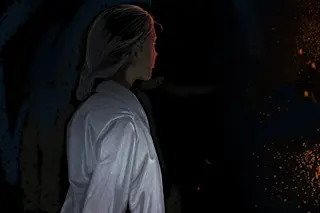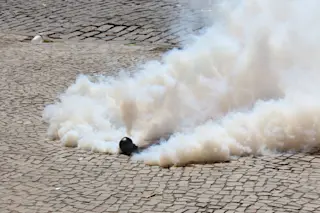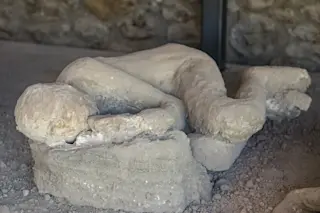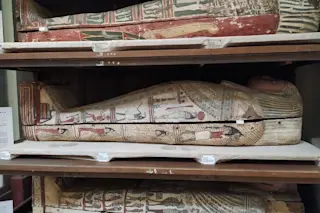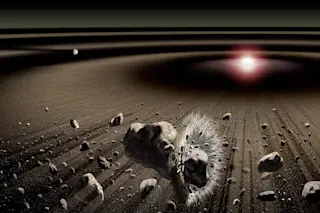With the campus nearly deserted for winter break, this Monday in late 2008 should have been a quiet one at the University of California, Los Angeles. Around 1 p.m. Dec. 29, Sheharbano “Sheri” Sangji began an experiment in the fourth-floor chemistry lab where the 23-year-old worked as a research assistant to chemistry professor Patrick Harran.
Alone at the bench, wearing a synthetic-fiber sweatshirt, she put on goggles and gloves and began the procedure Harran had outlined to her that morning as part of work to develop a drug to treat obesity. It included transferring a liquid called tert-butyllithium from the bottle it came in to another bottle.
Tert-butyllithium is pyrophoric — it ignites on contact with air — so its manufacturer, Sigma-Aldrich, sent detailed instructions for safe handling with each bottle. Only “fully qualified and experienced laboratory workers” should work with it, the instructions say, according to an investigative report. ...


